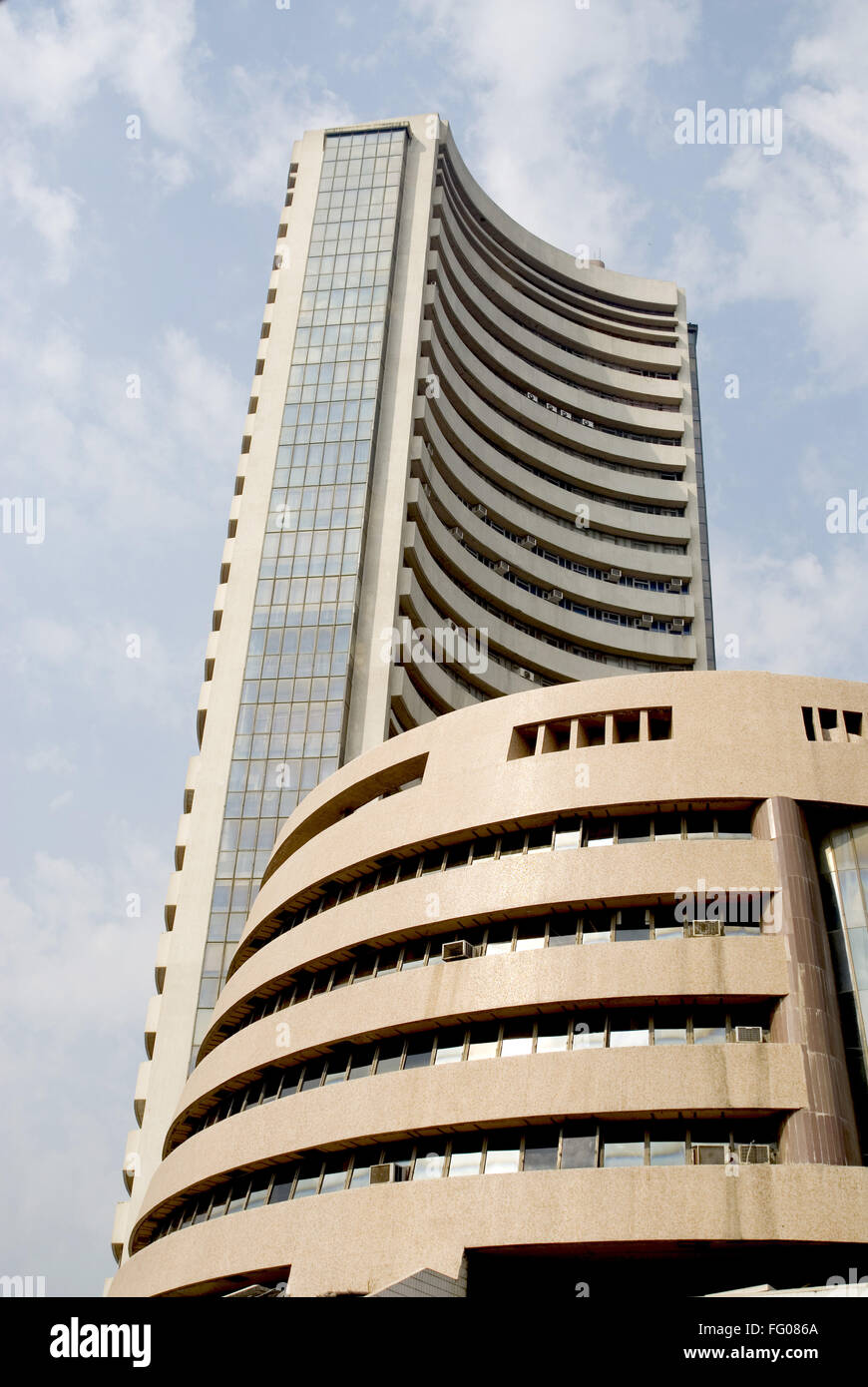India’s Equity Investments Transform ?1 lakh to ?2 Crore in Five Years
Few equity investments on India’s Dalal Street have managed to significantly amplify returns, transforming humble stakes into enormous wealth over the past half-decade. Consider a trio of firms that have seen stock values escalate by upwards of 200-fold. An investment of ?1 lakh today had the potential to amplify to up to ?2 crore if invested wisely five years back. Such exceptional stocks are indeed scarce, and locating them requires an unwavering grip. Factor contributing to these impressive rallies commonly consist of industry growth roadmaps, governmental prioritization, leadership transitions, or business model revamps.
Let’s commence our exploration with PG Electroplast Ltd. Engaged primarily in the electronics manufacturing services (EMS) sector, its shares have escalated 20,000%, transitioning from ?4 on 17 July 2020 to ?802 presently. This sector has become increasingly influential within India’s manufacturing landscape due to its robust structural growth patterns. Traditionally, PG Electroplast was known for its plastic mouldings, primarily employed in the consumer durable sector.
During the fiscal year 2019-20, this division was the primary revenue generator for the firm, contributing up to 69% (?441 crore) to the net revenue of ?640 crore. The remaining 24% was sourced from product sales, such as room air conditioners, washing machines, and air coolers. Its other business divisions include electronics (tv sets and printed circuit boards) and appliances production.
However, a concerted focus on the ‘Make in India’ initiative by the Indian government, combined with a shift to a China+1 manufacturing stratagem, led to a paradigm shift for not only PG Electroplast but also the wider EMS sphere. This positive momentum is vividly reflected in the boosted revenue from the product division, which shot up from a meager ?150 crore in 2019-20 to a remarkable ?3,526 crore in 2024-25.
As a result of this increase, the segment has risen to contribute to 71% of PG Electroplast’s total revenue, which in itself has seen an eight-fold growth to ?4,870 crore. At the same time, the monopoly of the plastic moulding division reduced to 20% from 69%. Coupled with this was a staggering 100-fold surge in net profit to ?288 crore, from a paltry ?2.6 crore noted in 2019-20.
This profitability leap is the driver for substantial returns on investment. Key financial metrics have also experienced a significant boost, with the Return on Capital Employed (RoCE) doubling to 27%–an indication of effective capacity utilization. Additionally, the value of fixed assets has quadrupled to ?1,139 crore, from ?253 crore as captured in 2019-20.
Accessing future growth opportunities, PG Electroplast appears well-geared to leverage the unfolding growth cycles in the EMS landscape. Factors such as efficient urbanization, governmental interventions, low entry levels of customer durables, and the China+1 scheme have potential to maintain the existing growth trajectory. Revenue is expected to leap 30% to ?6,345 crore in 2025-26, with a lion share of 75% attributed to the product vertical alone.
The expectation on net profit is also bullish, predicted to rise by a solid 39% to ?405 crore. However, the lofty valuations leave a narrow alley for potential mistakes. The firm’s shares are currently trading at a P/E multiple of 80, significantly higher than its five-year median average of 55.
Another successful candidate in our review is Transformers and Rectifiers (India) Ltd. It has seen a 10,000% return on investment, with stock prices soaring from ?5 on 15 July 2020 to ?510 currently. That implies a ?1 lakh investment five years back would be equivalent to ?1 crore now. This firm has positioned itself as a leader in transformer and reactor manufacturing within India, boasting of a diverse product arsenal and international footprint.
Benefiting from infrastructure spending across India, Transformers and Rectifiers has solidified its place in various sectors. From power distribution, petrochemicals, pharmaceuticals, and power transmission to metal processing, cement, and railways, the company has proven its versatility. Its recent ventures into green energy components like transformers for solar and green hydrogen underline its commitment to sustainable growth.
The firm’s financial status offers a snapshot of its growth momentum. Over the period FY21-FY25, revenues saw a compounded annual growth rate (CAGR) of 28%, rising from ?727 crore to ?1,950 crore. EBITDA margin saw an uplift from 10% to 16%, boosted by the increasing operational leverage, while net profit ascended by 860 basis points to 9.5% in FY24-FY25.
However, there seems to be more to come. As of this fiscal year end, orders amounting to ?5,132 crore promise strong revenue inflow. Additionally, negotiations are underway for orders exceeding ?22,000 crore. An ambitious revenue target of $1 billion by FY27-FY28 provides an aggressive CAGR of 64% over the next few years.
As expected, profitability growth projections outpace revenue forecasts, supported by efficient operations and cost-saving measures. Oversight into manufacturing costs was achieved by acquiring a controlling stake in a CRGO processing plant, a key component in transformer production. This acquisition promises price control, quality assurance, and competitive edge, ultimately enhancing profitability margins and order win confidence.
Despite the price earnings ratio touching 72 times, significantly higher than the five-year median P/E multiple of 64, the firm remains optimistic about its prospects. This is primarily due to its strategies around operational efficiencies, production capacity expansion, and forays into High Voltage Direct Current (HVDC) manufacturing.
Through the lens of these cases, it becomes apparent that exceptional returns are often products of distinct industry advantages, organizational transformation, and responsible financial management. Whilst their past performance has been astounding, the same level of future growth will hinge on execution efficiency, profit margin preservation, and valuations leaving little to no scope for errors. Discerning the distinction between short-term momentum and sound long-term fundamentals is key to successful investing.



